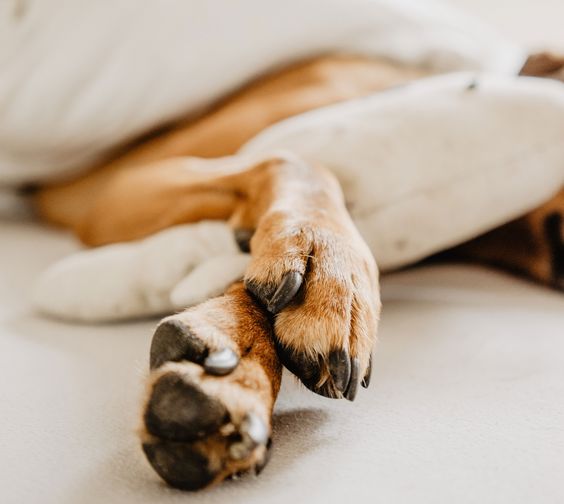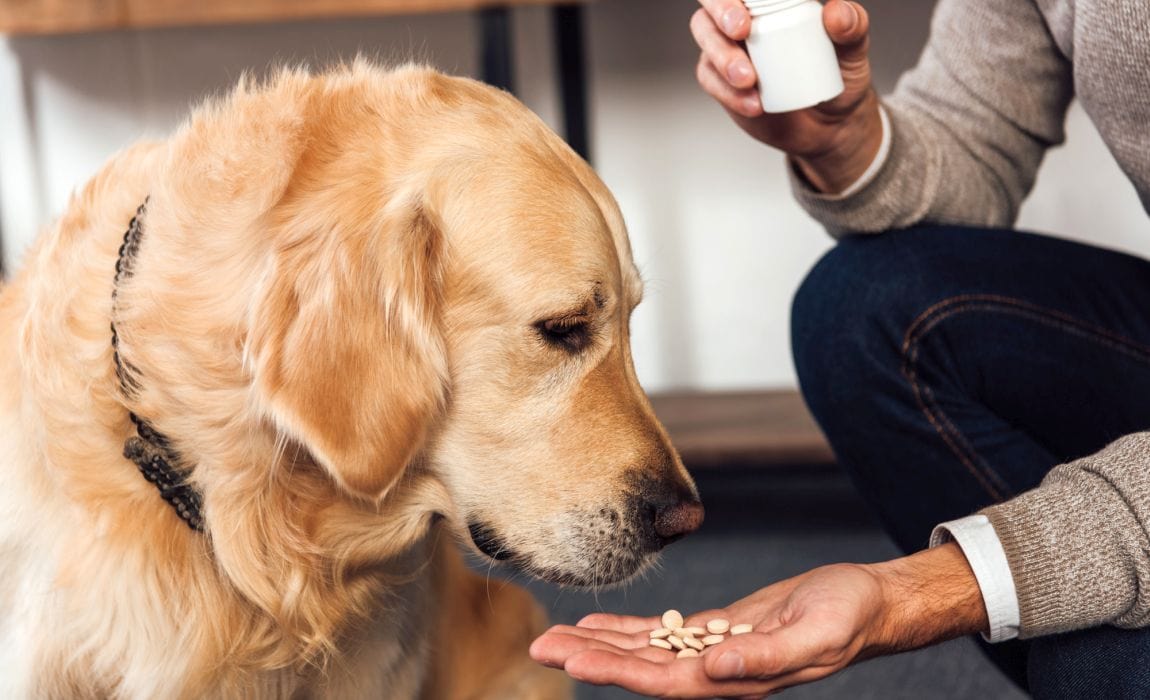Unlike females, male dogs do not actually go into “heat” themselves. However, their behavior is often influenced when local females are in their heat cycles. Hormonal changes make female dogs receptive to breeding during this time. Male dogs will pick up on these cues and their natural instincts to mate will kick in. While this is natural, owners must manage behaviors appropriately. Here we explain what to expect from male dogs when nearby females are in heat.
Defining a Female Dog’s Heat Cycle
Female dogs go into heat on average twice yearly, beginning as early as six months old. Their cycle has four distinct stages:
- Proestrus – swelling of the vulva, bloody discharge
- Estrus – heightened fertility, signaling males they are ready to breed
- Diestrus – pregnancy occurs or hormone levels decrease
- Anestrus – return to infertile state
The estrus fertile phase typically lasts 7-10 days and repeats every six months unless the female is spayed. Male dogs intensely seek out females in estrus.
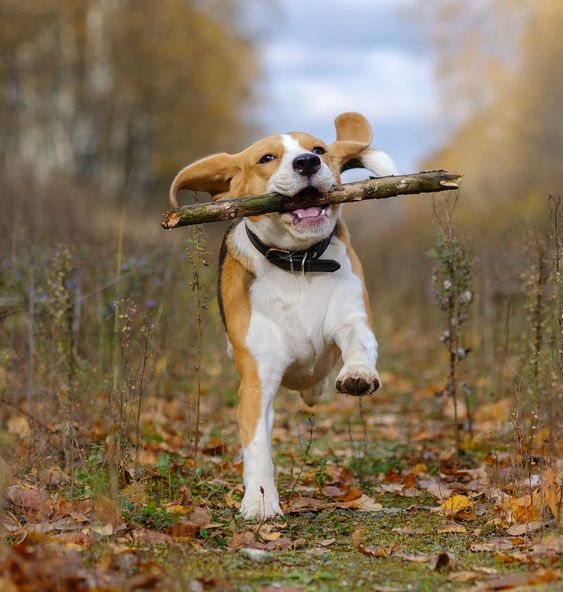
Male Dog Reactions to Females in Heat
When male dogs detect a nearby female is in estrus, they become transfixed by her scent and soliciting signals. Their testosterone spikes and they go into overdrive attempting to reach and mate with her. Common behaviors exhibited include:
- Increased energy and restlessness.
- Whining, pacing, panting.
- Loss of appetite.
- Escaping yards, roaming, and running off.
- Mounting people, objects and other animals.
- Aggression towards other male dogs.
- Incessant licking of genitals.
Preventing Unwanted Breeding
Allowing males to breed during this time results in unplanned litters of puppies. Steps must be taken to avoid this:
- Keep intact males confined or leashed.
- Walk males separately from females in heat.
- Ensure yard is escape-proof.
- Use pheromone collars on males.
- Increase exercise to burn energy.
- Consider temporary medication to reduce drive.
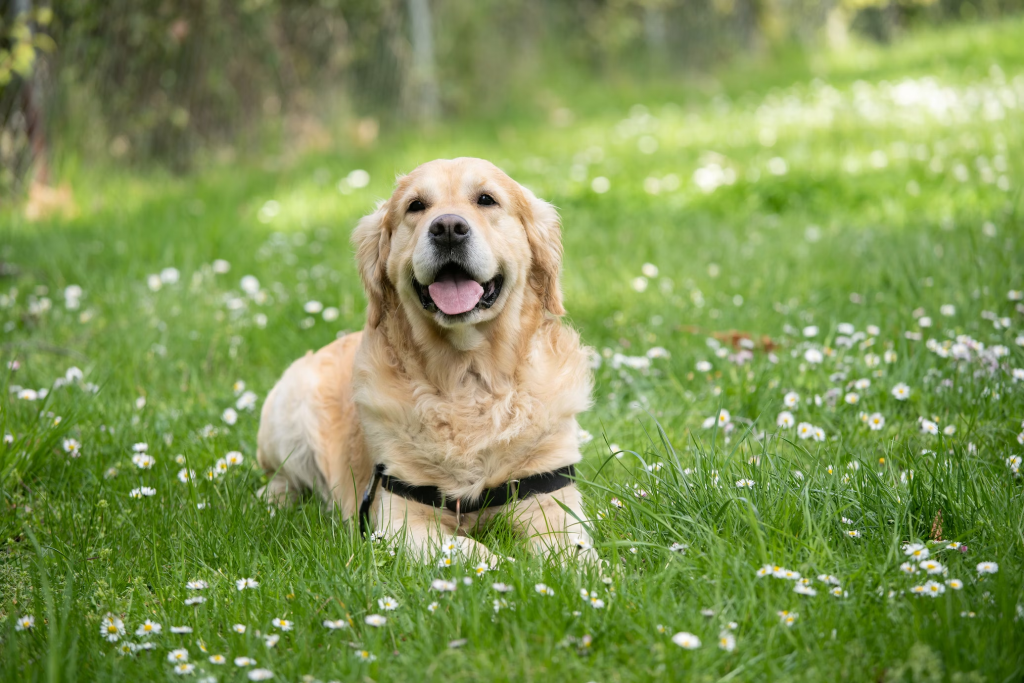
When Male Behavior Becomes Problematic
For some dogs, reactions to a female in heat can become extremely intense and problematic:
- Constant whining, pacing, destruction
- Refusing food and water
- Escaping repeatedly, roaming for miles
- Fighting other males aggressively
- Mounting people inappropriately
If behavior reaches obsessive levels, speak to your vet. Temporary drugs or neutering may be required.
Impact of Neutering on Male Dog Behavior
Defining Neutering
Neutering, also known as castration, involves surgically removing a male dog’s testicles and eliminating testosterone production. Most dogs are neutered around 6 months old to prevent breeding and improve long-term health and behavior. By understanding the significant effects neutering has on your dog, owners can set realistic expectations.
Decrease in Roaming and Mounting
By eliminating hormones that drive the pursuit of females, neutering dramatically reduces roaming, humping, and mounting behaviors in over 90% of male dogs. Marking territory may also decrease with less drive to seek out breeding opportunities. But for some dogs, learned habits persist.
Calming of Aggression
In intact males, testosterone fuels competitive and protective aggression. Neutering helps curb territorialism, reactivity toward other male dogs, and protectiveness over toys or food. However, personality also strongly influences aggression so negative tendencies may continue to some degree.
Change in Energy Levels
While activity needs stay high for most dogs, about 20% of neutered males show lethargy and weight gain likely tied to reduced metabolic hormones. Ensuring adequate exercise plus monitoring food intake helps maintain energy and fitness post-neuter.
Increased Engagement and Trainability
Without the distraction seeking mates, around 70% of neutered dogs display increased attentiveness and engagement with owners and enhanced trainability. Patience and positive reinforcement bring out their best behavior.
Individual Variability Remains
While neutering starts the lifelong process of behavior change, each dog’s personality, background, and learned habits contribute greatly to their actions. Close owner partnership through training and care makes the most of your dog’s transformation.
A Calmer, Focused Companion Emerges
Neutering mellows but does not eliminate normal canine drives and instincts in male dogs. Set realistic goals, be patient through transition periods, and embrace the loyal, loving pet that emerges. By understanding neutering effects, owners appreciate this positive turning point in a dog’s life.
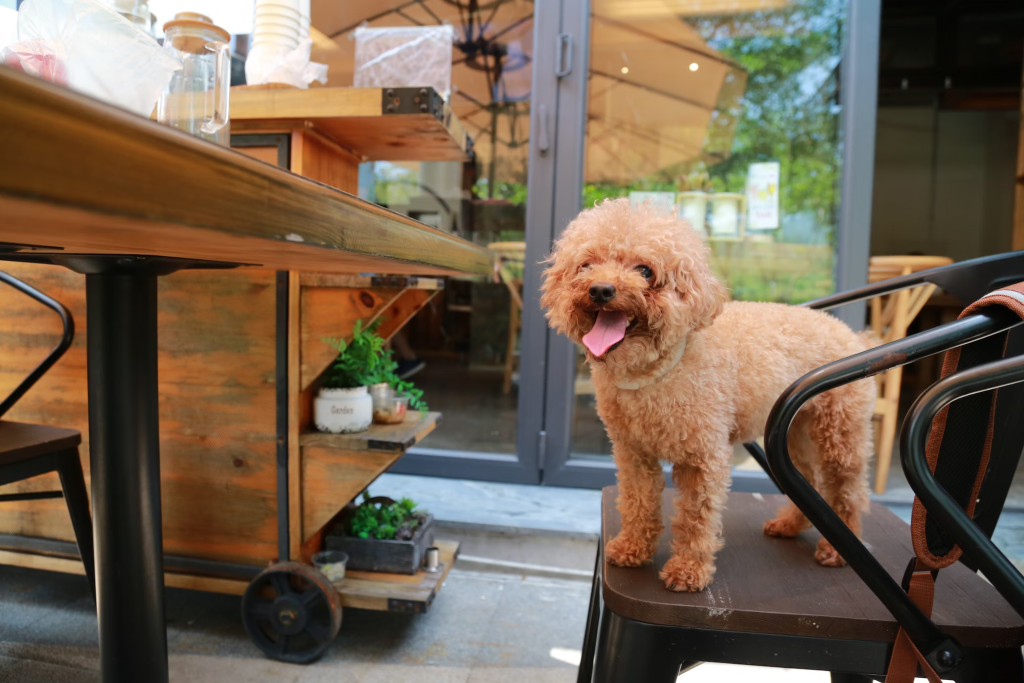
Providing an Outlet for Natural Urges
While neutering is ideal, the following can help satisfy mating instincts in intact males:
- Provide interactive toys to “mate” with.
- Allow access to intact females under supervision.
- Redirect mounting onto objects vs. people.
- Increase vigorous exercise.
- Use pheromone and calming supplements.
In Summary
While the behaviors exhibited by male dogs when nearby females are in heat can be disruptive and problematic, steps can be taken to manage them appropriately. Understanding the cause, preventing unintended breeding, and controlling extreme behavior allows males long-term to live harmoniously with those special ladies in their lives.

